The gluteus maximus is more than just the largest muscle in the human body—it's a powerful engine that drives movement, posture, and strength. For anyone beginning a fitness journey, understanding this muscle’s role can lay the foundation for better workouts and injury prevention.
What Is the Gluteus Maximus?
The gluteus maximus is the main extensor muscle of the hip, forming the bulk of the buttocks. It originates from the ilium (part of the pelvis), sacrum, and coccyx, and inserts into the femur and iliotibial tract. Its primary function is to extend and externally rotate the hip joint. In simpler terms, this muscle is heavily involved when you stand up from a sitting position, climb stairs, sprint, or perform squats.
If you've ever wondered how to define gluteus maximus, think of it as the body’s powerhouse for lower-body movement and stability. It works in harmony with the hamstrings and lower back to support proper posture and explosive movements.
Meaning and Origin of the Name
The term “gluteus maximus” comes from Latin. “Gluteus” derives from gloutos, meaning buttock, and “maximus” means greatest or largest. So, the meaning of gluteus maximus quite literally is the largest buttock muscle. If you've ever been unsure how to spell gluteus maximus, just remember: it's "gluteus" with a “u” and “maximus” with a single “x.”
Why the Gluteus Maximus Matters in Fitness
When properly activated and trained, the gluteus maximus not only improves physical performance but also reduces the risk of injuries, especially in the lower back and knees. Weak glutes often force other muscles to compensate, leading to imbalances and pain.
As someone who's coached beginners and athletes alike, I’ve seen firsthand the transformation that happens when people start giving proper attention to their glutes. One of my early clients—a desk worker in his 40s—suffered from chronic lower back pain. We implemented a basic regimen of glute bridges, squats, and hip thrusts focused on glute engagement. Within weeks, his posture improved, and his pain started to fade. It wasn’t magic—just proper movement rooted in understanding what the gluteus maximus is meant to do.
Final Thoughts
The gluteus maximus isn’t just a part of your anatomy—it’s a crucial partner in movement, strength, and balance. Whether you're walking, lifting, or jumping, this muscle supports you every step of the way. Taking time to understand and strengthen it can elevate your fitness, literally and figuratively.




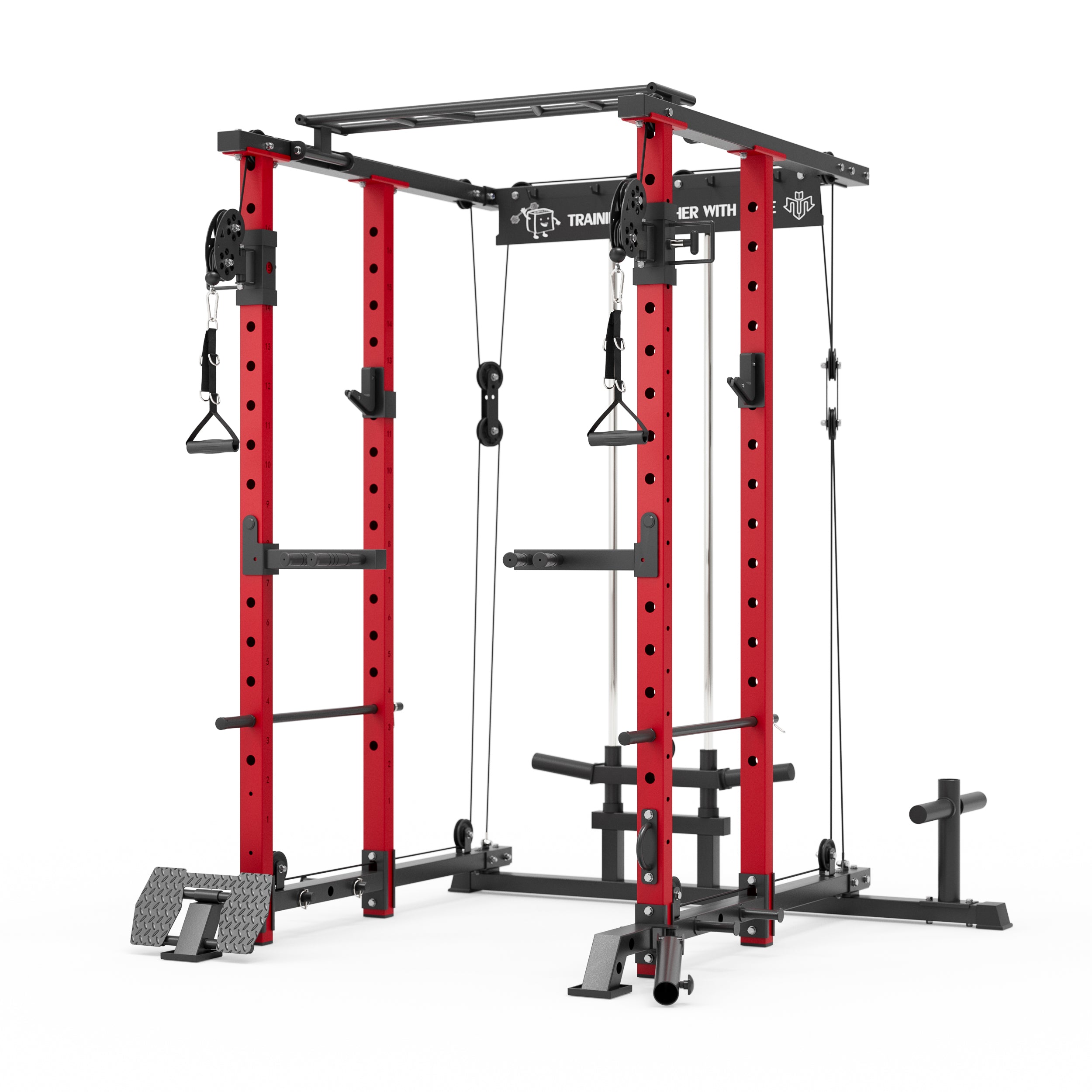


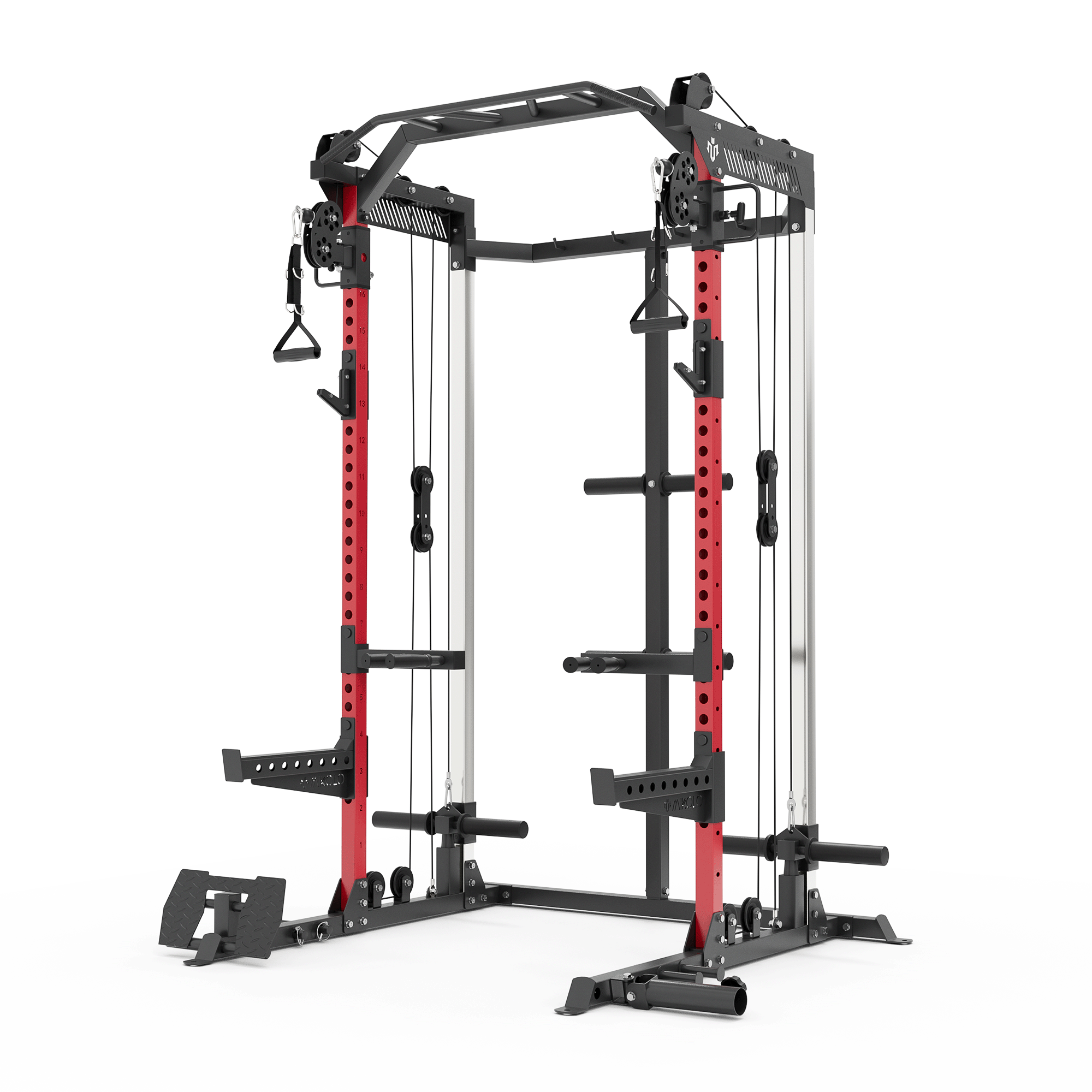




















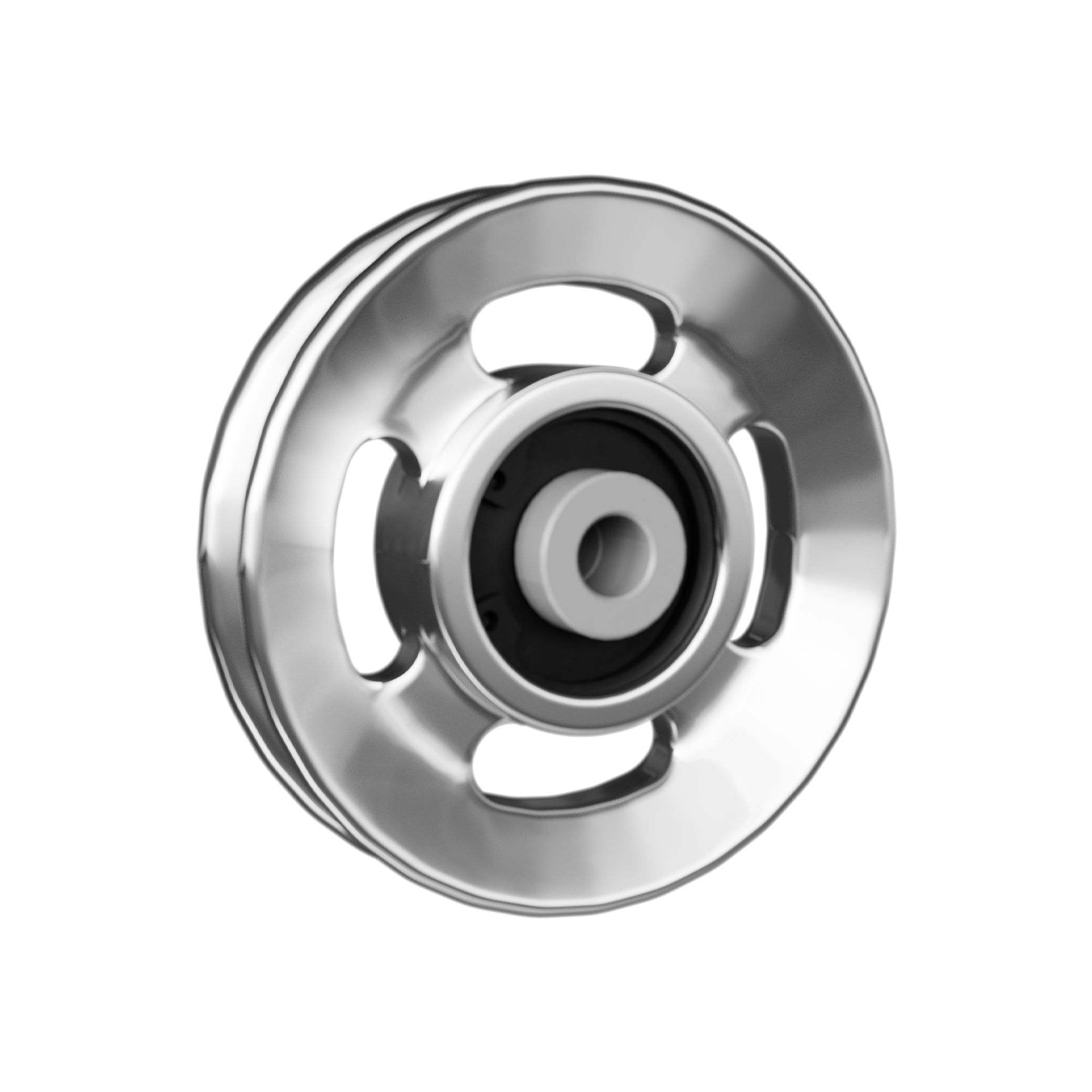



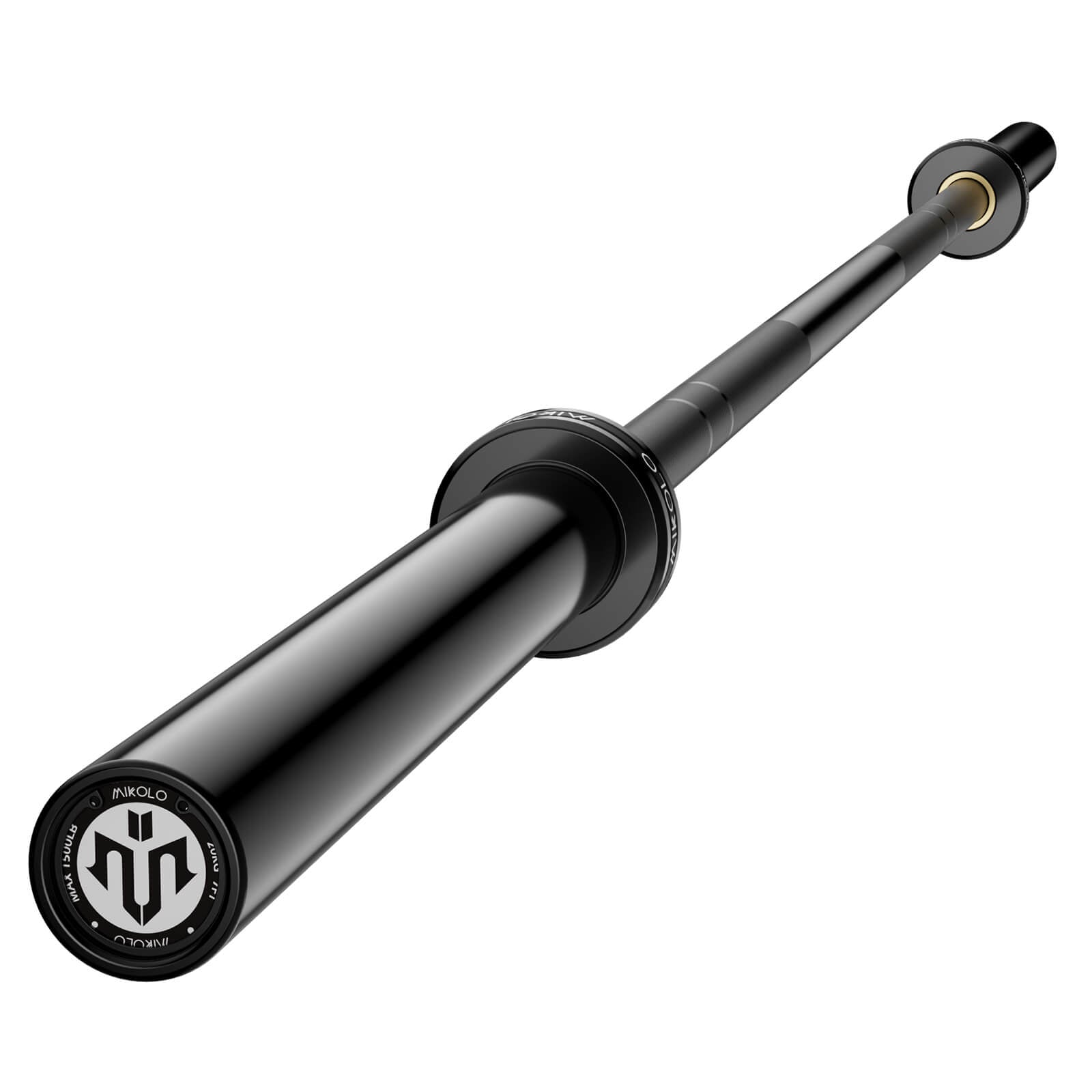




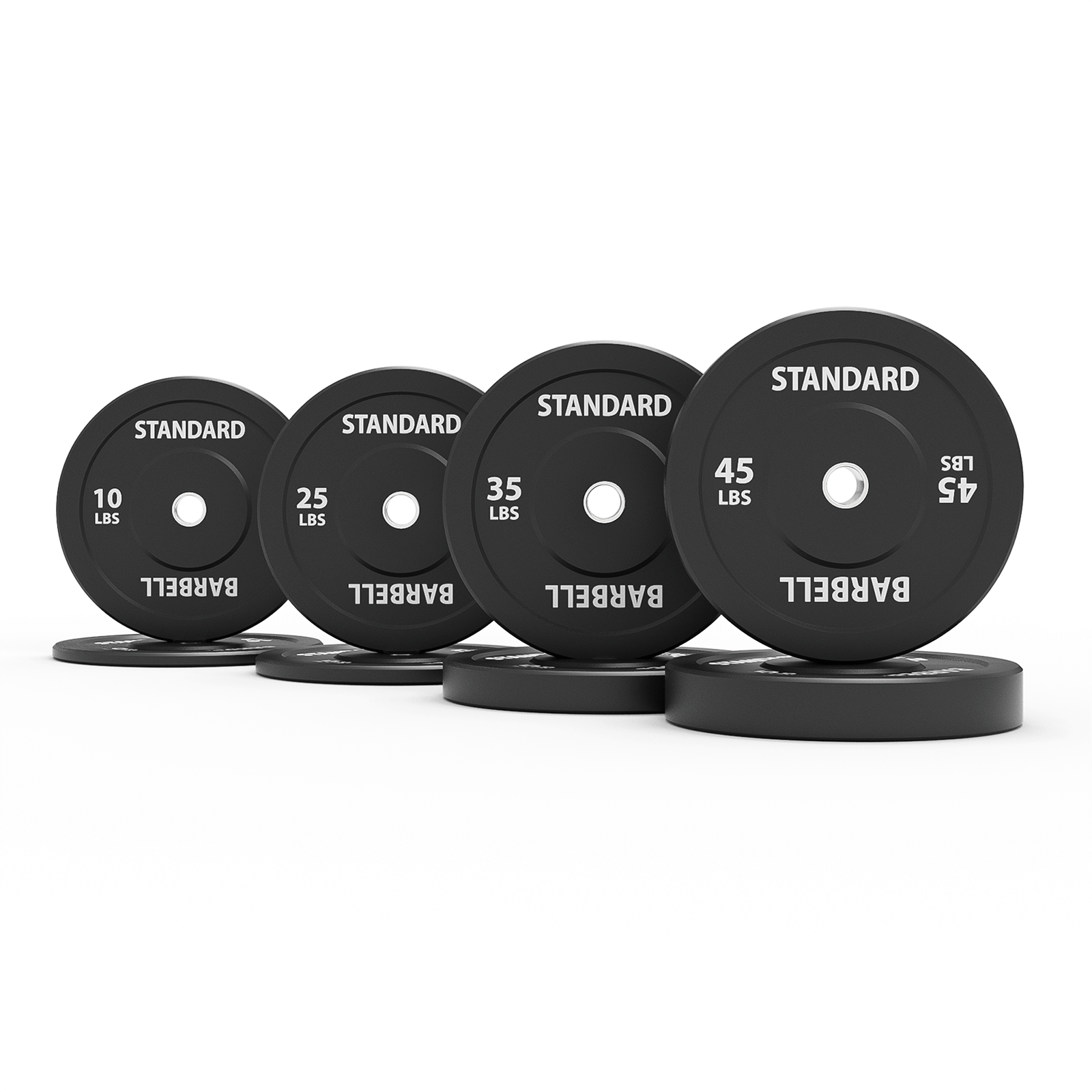




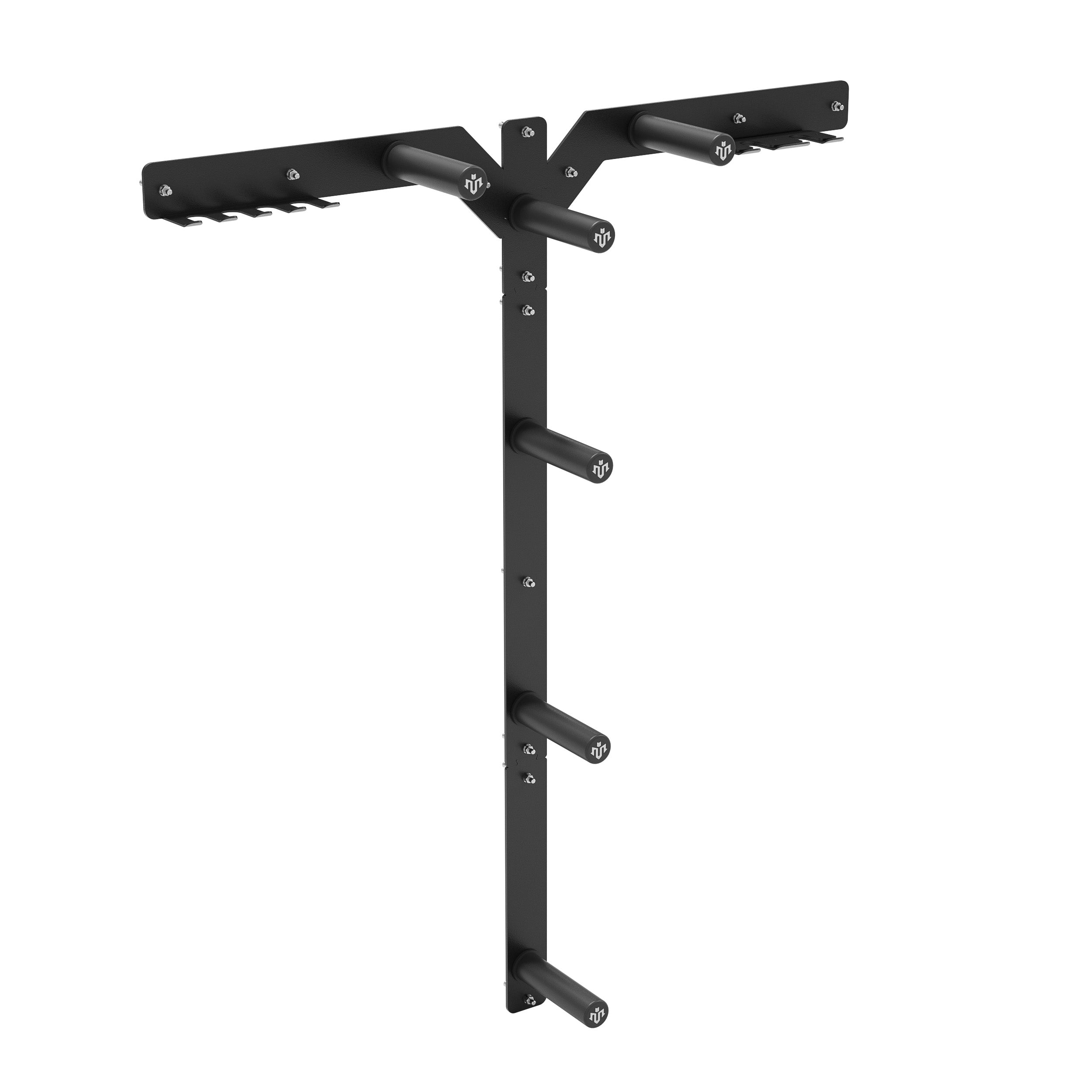





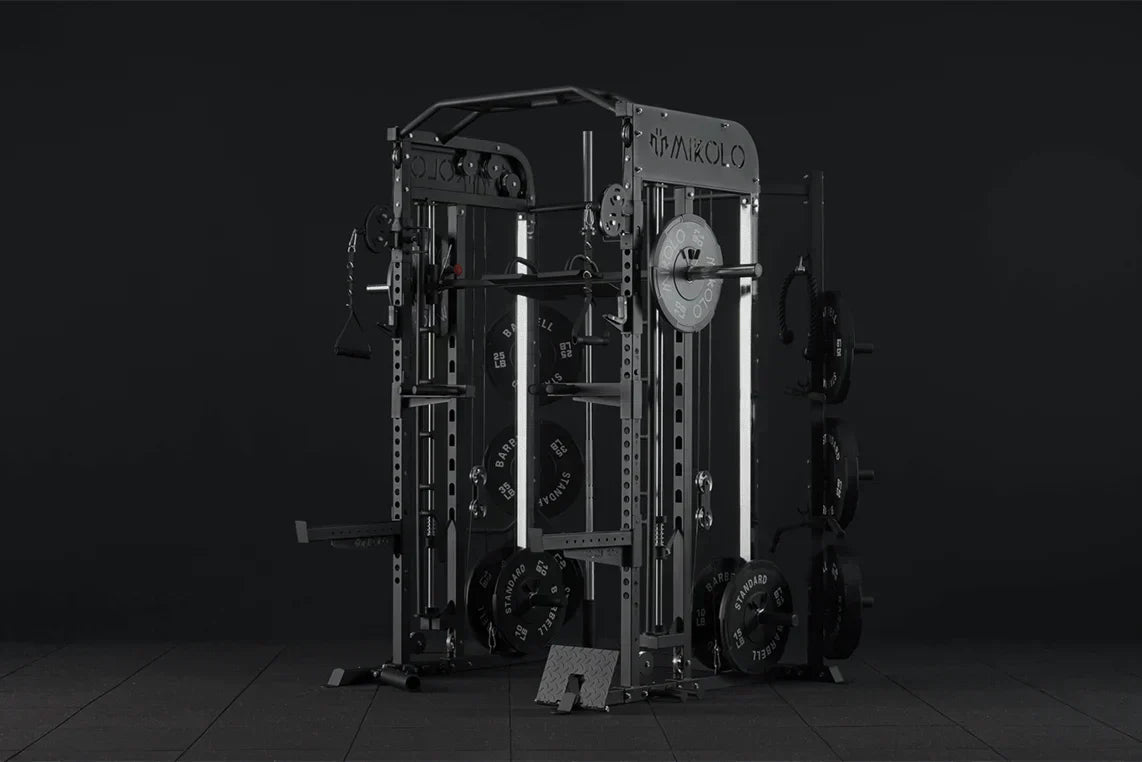
Leave a comment
This site is protected by hCaptcha and the hCaptcha Privacy Policy and Terms of Service apply.